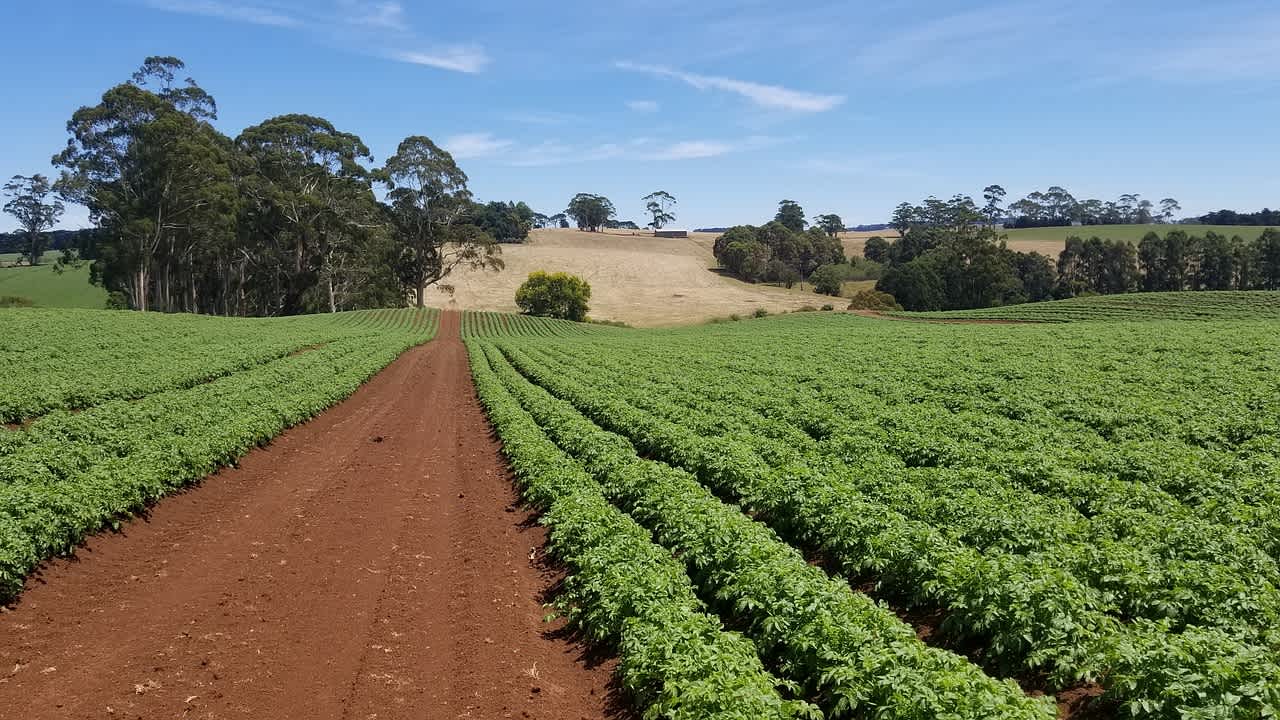
Helping Farmers See Their Soil
Defining a comprehensive visual language for farm soil mapping
Farm soil mapping is an exciting new field of digital cartography and a new approach to managing soil. At its heart is a powerful set of digital tools that combine data from satellite and aerial surveys with farm soil test results to create a high resolution 3D model of farm soil. The tools can model pH, nitrogen, carbon, salinity, trace elements, soil texture, water holding capacity—virtually any aspect of soil that can be measured. But the power of these complex data models is only unlocked when they are visualised.
A meeting of minds
Parallel Lines was part of the Soil Tech Project: the team of soil scientists, farmers, agronomists, software developers and designers behind farm soil mapping. Our role was to design a comprehensive visual language for farm soil maps. This involved defining standard visual elements—colours, lines, symbols and type—and describing how to combine them to make maps.
The measures for our success were complex and multifaceted. The visual language needed to be scientifically rigorous, easy for software developers to implement and, most importantly, it needed to be focused on the needs of farm land managers. The maps had to make sense to everyone from soil scientists and agronomists to kids in farming families.
Understanding the science
Before digging into the visual language we needed to understand the complex scientific and agronomic concepts communicated in the maps. Working closely with soil scientists allowed us to design a visual system that accurately and clearly conveys technical information. At the same time, it was critical to present this information in a way that makes sense to people who are not scientific experts.
Designing for people
Discussions with farmers and agronomists were essential in designing a visual language that met their needs. For example, we quickly learned that visual elements needed to be optimised for viewing on digital displays in harsh sunlight. Over time, we learned how farmers and agronomists make land management decisions. This allowed us to design a visual system that supports their decision making, showing them what they need to know when they want to know it.
As agronomists, we think in practical terms and learn a lot from seeing and experiencing. This visual language enables us to see and feel complex data, which helps us make important management decisions.
Kent Wooding
Agronomist
Expertise in practice
We applied our expert knowledge of graphic theory to ensure that the maps were precise and accessible. For example:
The graphic systems that we’ve designed use perceptually uniform colours. To the human eye, some combinations of colours can appear to distort data. Perceptually uniform colours convey information accurately.
To ensure colours are used with clarity, we designed linear and divergent colour gradients and categorical colour palettes, with guidelines for when to use them.
We know that inclusive design outcomes are better for everyone. The design decisions we made to accommodate viewers who experience colour blindness make soil maps clearer for everyone.
Unearthing insights
The result of this design process is a visual language that transforms complex concepts and data into valuable insights. Seeing their soil allows farmers to improve its quality and health. They can select crops that will thrive and they can manage the land more sustainably. This new design standard is an exciting graphic interface between cutting-edge data science and the wisdom gained from life on the land.